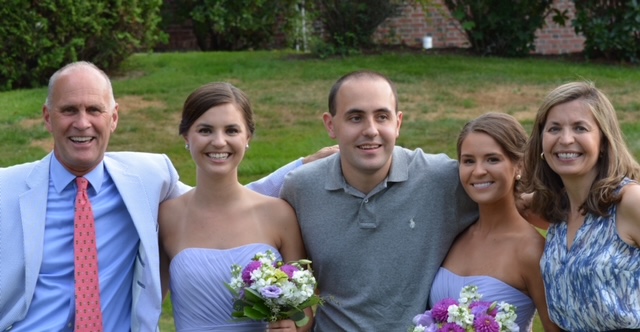Hyde set out to educate for character in 1966. By the mid‑’70s we realized the necessity of including parents in the curriculum. Today we believe that the parents are the primary teachers and that the home is the primary classroom.
Over the course of our history, we have encountered hundreds of families and we have noticed that particular family dynamics tend to present themselves repeatedly in common archetypes. This is not to say that we can necessarily draw universal truths from these recurring tendencies, but only that their frequency of appearance deserves our attention and consideration.
A problem with trying to explain any type of behavior is that one must label it for purposes of identification. Labeling, in turn, can give rise to stereo-typing, prejudice, and resentment. In the interest of simplification, a shorthand vernacular that describes some of the behaviors we encounter has naturally evolved at Hyde. The intent in presenting some of the following archetypes here is to inform, not offend. Before jumping into the archetypes, I’ll kick this series of blog posts off with a few words about family dysfunction.
FAMILY DYSFUNCTION – A Relative Term
If we accept the idea that a dysfunctional family is any family that does not operate in an optimal manner for the maximum benefit of all family members, then we would probably have to conclude that all families are dysfunctional. It all comes down to a matter of degree. Any family dynamic, productive or not, boils down to a contrived reality designed to help family members address the challenges of the so-called “real world.” Simply put, we create a private world “in here” in order to help our family members to face the public world “out there.” When our world “in here” starts to really get out of whack with the world “out there” to such a degree that family members are ill-prepared to “deal,” then family dysfunction is often embedded somewhere in the equation.
In his book, The Fifth Discipline, Peter Senge tells the story of “The Parable of the Boiled Frog.” Place a frog in a pot of boiling water and the frog will try to scramble out of the pot. However, if you place it in a pot of water at room temperature and then turn the heat up, the frog will do nothing, gradually becoming drowsy, ultimately accepting its own demise with nary a struggle. Why will it put forth no resistance to its impending death?… Because the frog is only capable of responding to wild fluctuations in its environment.
Dysfunctional families often function like the frog. For example, parents might very well react aggressively if their child, in a single marking period, went from straight As to straight Fs. However, the same parents will likely react more passively if this change occurs over a period of a couple of years. That’s because the family’s collective understanding of what is normal changes so gradually that the evolution (actually, devolution) is not even perceived. The result: a new understanding of normal sneaks up on the family. This new understanding is typically accompanied by lower standards of expectation. Gradual decline continues; family dysfunction grows.
More to come…
Onward, Malcolm Gauld


